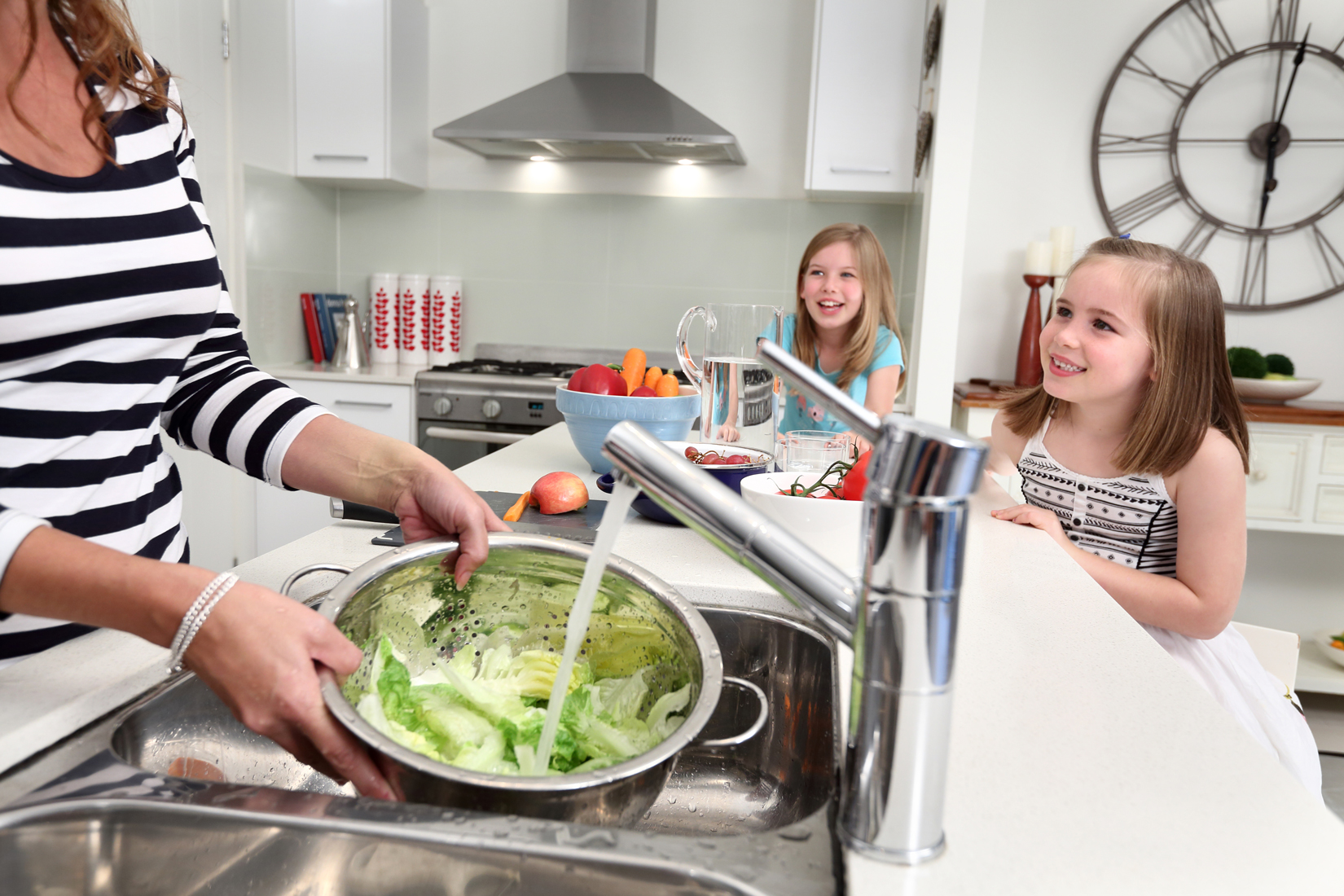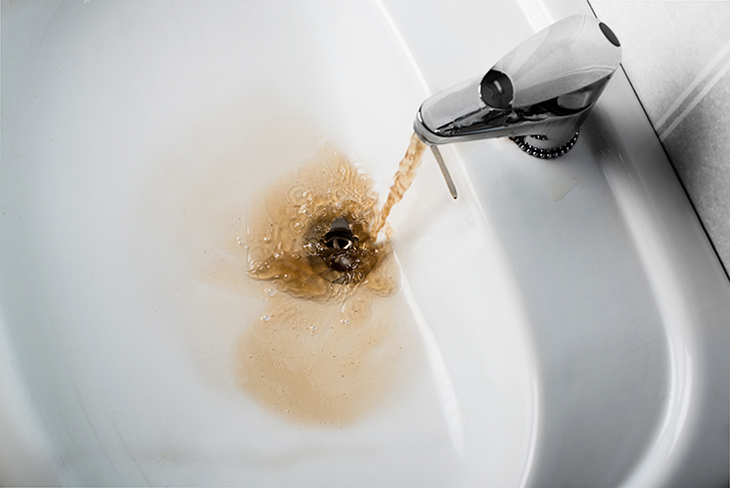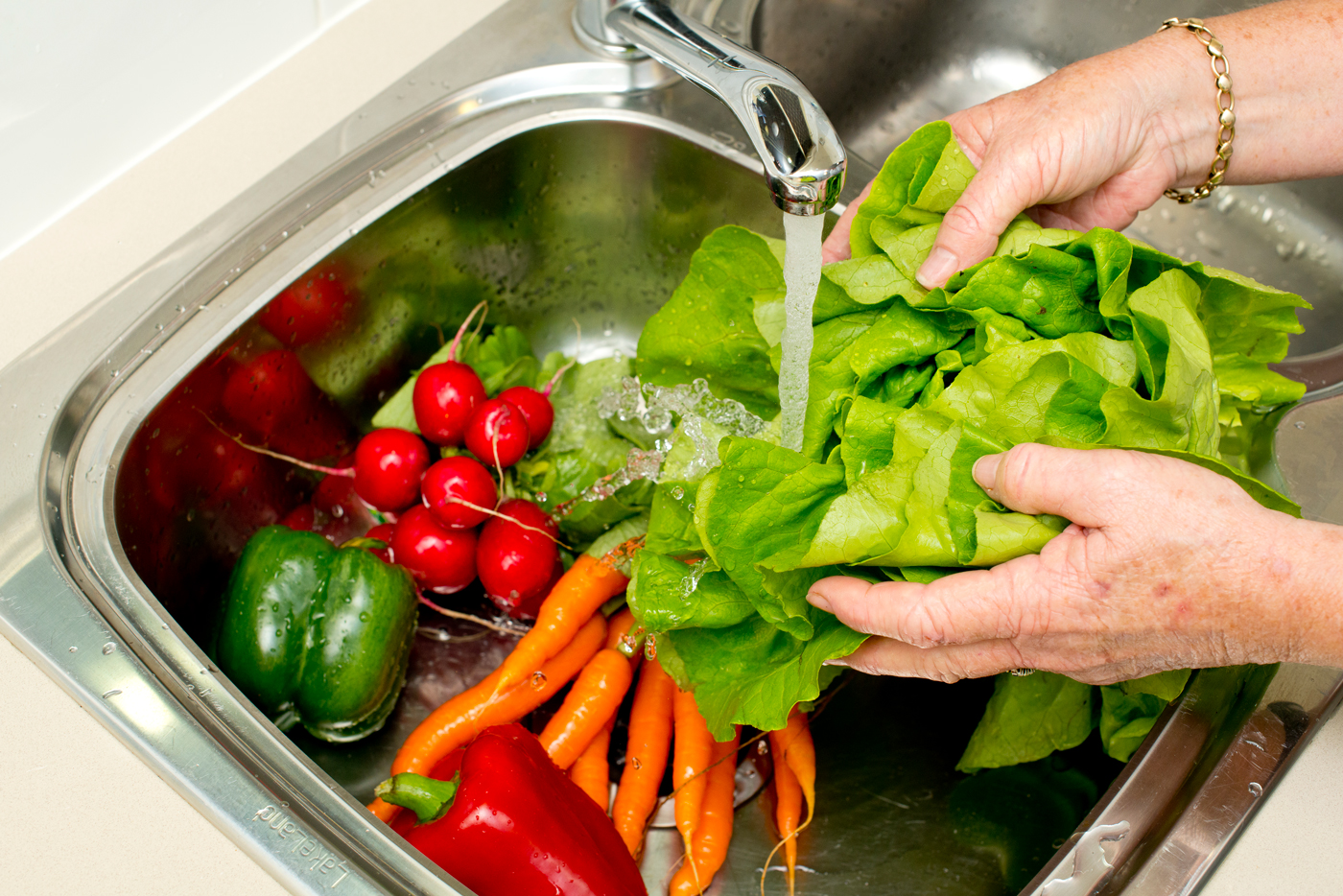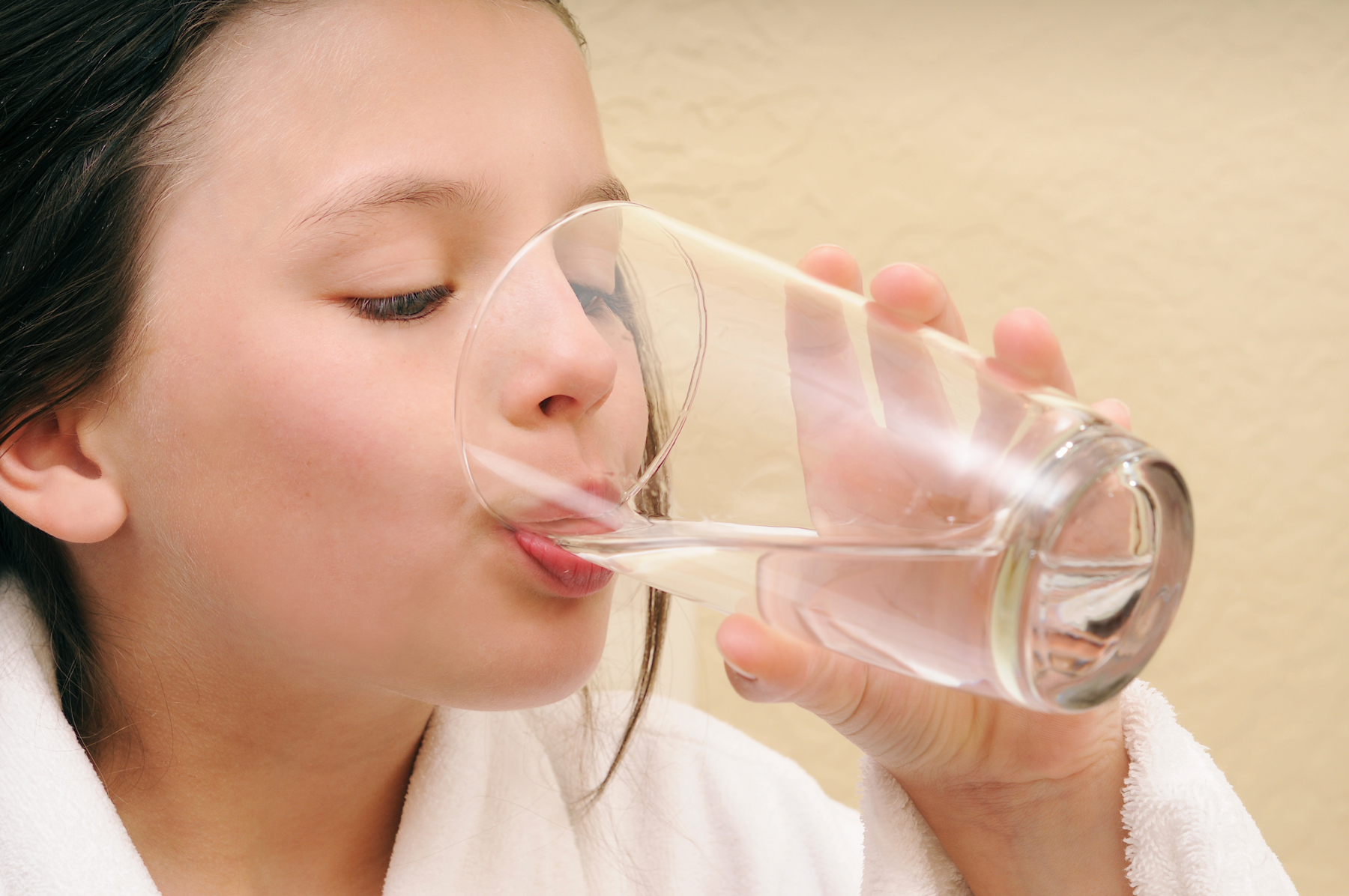Unitywater consistently meets national water quality targets, as detailed in the Australian Drinking Water Guidelines 2011.
You can read more about water quality by downloading our latest Drinking Water Service Annual Report.
This is what's in your water
Hard water
Hardness in drinking water is mainly the result of the presence of large amounts of two minerals - calcium and magnesium.
- Hard water requires more soap than soft water to obtain a lather.
- It can also cause scale to form on hot water pipes and fittings.
Soft water
Soft water contains small amounts of calcium and magnesium.
It may lead to greater corrosion of pipes, although this will depend on other factors such as pH, alkalinity and dissolved oxygen concentration.
In our regions
- Sunshine Coast and Noosa drinking water is generally soft (less than100mg/L)
- Moreton Bay drinking water it is neither hard nor soft (less than 200 mg/L).
Useful things to know in relation to soft water:
- Leave your water-using appliances on factory settings
- You do not need to add salt to the water
- If a dishwasher supplier quotes results in mmol/L, then 1mmol/L = 100mg/L
Degrees of hardness
Degrees of hardness are described in the Australian Drinking Water Guidelines 2011 as:
| Amount | Description of hardness |
|---|---|
| Less than 60 mg/ L CaCO3 (Calcium Carbonate) | Soft but possibly corrosive |
| 60-200 mg/L CaCO3 | Good quality |
| 200-500 mg/L CaCO3 | Hard, with increasing scaling problems |
| Greater than 500 mg/L CaCO3 | Hard with severe scaling |
Seqwater, the State Government bulk water supply authority, adds fluoride to the water at their water treatment plants, under the direction of councils. Unitywater does not add fluoride to the water supply.
Under the Water Fluoridation Act 2008, local councils in Queensland are able to choose to fluoridate the water supply. All three councils in Unitywater's service area (Moreton Bay, Sunshine Coast and Noosa) have elected to fluoridate.
For health information, visit the Queensland Health website, read the Changes to Water Fluoridation Act 2008 – Frequently Asked Questions or Seqwater’s fluoride factsheet.
Chlorine is commonly used around the world to disinfect drinking water supplies.
Chlorine is a simple, reliable, effective, relatively inexpensive and, above all else, safe way to disinfect drinking water supplies to protect against contamination by microbiological organisms.
When used at levels that comply with the Australian Drinking Water Guidelines, chlorine is effective against virtually all micro-organisms that could pose a threat to your health.
Normal chlorine concentrations in our drinking water pipeline systems will range up to 1.5 mg/L.
Chloramination is a disinfection process which involves adding controlled doses of chlorine and ammonia to the water supply.
- Chloramines stay in the water supply system for longer periods.
- This is an advantage for a water network as large as ours because it persists longer, providing longer lasting protection against microbiological organisms.
However, chloramines are toxic to pet fish. To make the water safe for fish, you will need to:
- seek advice from your local aquarium
- test the water to determine chloramine and pH concentration
- treat the water with products from your local aquarium (if necessary)
- age tap water in a container overnight before adding to a fish tank
- replace less than one-third of the total volume of water in the tank at any one time.
What is pH?
-
pH is a natural part of water and measures how acidic or alkaline a substance is on a scale from 0 to 14. A pH of less than 7 is acidic, 7 is neutral and greater than 7 is alkaline.
-
Our everyday drinks vary greatly in pH – soft drinks are about pH2.5, orange juice pH3.8 and milk pH6.7. Australian tap water varies in pH between about 6 and 10.8, as does bottled water.
-
The Australian Drinking Water Guidelines’ recommended pH for water supply is between 6.5 and 8.5. This range is recommended to minimise corrosion in water networks and is not a health-based guideline.
How is pH used?
-
One of the major objectives of controlling pH is to ensure the effectiveness of chlorine or chloramine. The optimal range is between 7 and 8.5. If the pH is above or below these values the disinfectant type becomes less ‘reactive’ and is less effective as a barrier against microorganisms.
-
Another objective for controlling pH is to minimise corrosion in our pipes and fittings. To reduce this impact, the pH of drinking water should be between 6.5 and 8.5. Our 2022-23 Drinking Water Quality Performance Report shows the average pH results from various locations across the service area were between 7.4 and 7.9.
Managing changes in pH
- From time to time, Unitywater adjusts the water’s pH to enhance water disinfection, ensuring drinking water is delivered safely to the community. Most customers won’t notice any change in their drinking water.
- However, some customers who treat their water or have specific water chemistry requirements may need to make minor adjustments to allow for pH changes. It is therefore important that these customers regularly test their source water and make adjustments as needed to achieve their required water chemistry.
- For example, health care providers, large scale food and beverage manufacturers and people with aquariums or fish tanks may need to assess and adjust their water treatment processes or equipment and maintenance programs to suit the pH level. Businesses with cooling towers, such as shopping centres, may need to adjust their chemical dosing.
- If you are uncertain about your water chemistry requirements, you may wish to seek advice from a water quality specialist.
Changes to the pH at the Mount Crosby and North Pine water treatment plants
- Seqwater is enhancing water treatment processes at the Mount Crosby and North Pine water treatment plants.
- These plants supply the City of Moreton Bay as well as the Ipswich, Brisbane and Logan regions and some parts of the Scenic Rim.
- A key result will be strengthening the water quality by slightly increasing the pH level from about 7.8 to about 8.4 at these plants in the second half of 2025.
You can find out more about this change by visiting the Seqwater website.
Alternatively, you can ask us a question via our online form.
.jpg?h=367&w=550&hash=8717522E591D975C053D025E01C6D8778A801DED&la=en)
You might also be interested in

Search for water quality information by your postcode

Are you concerned about water quality?

International accreditation for Food Management

